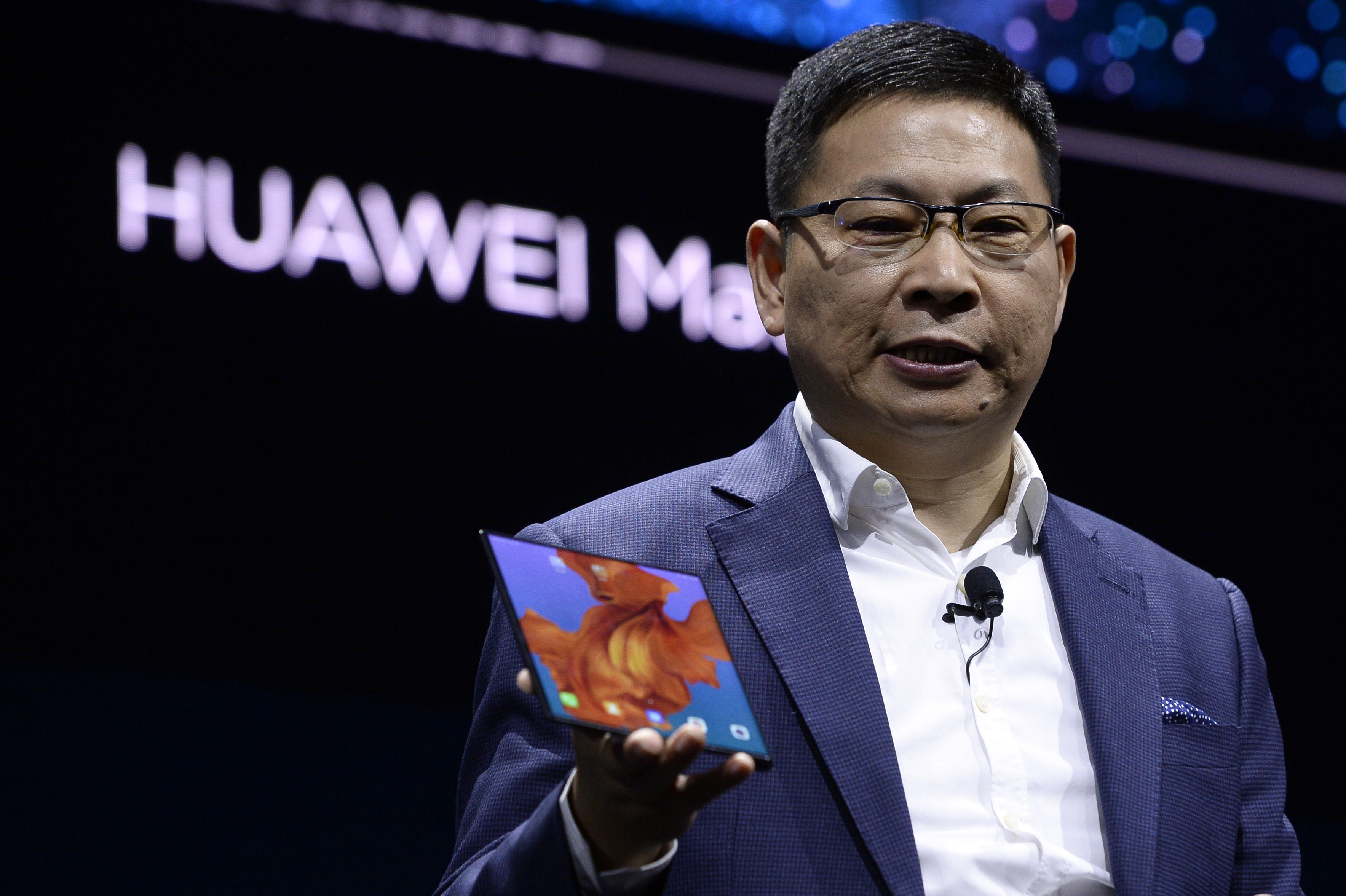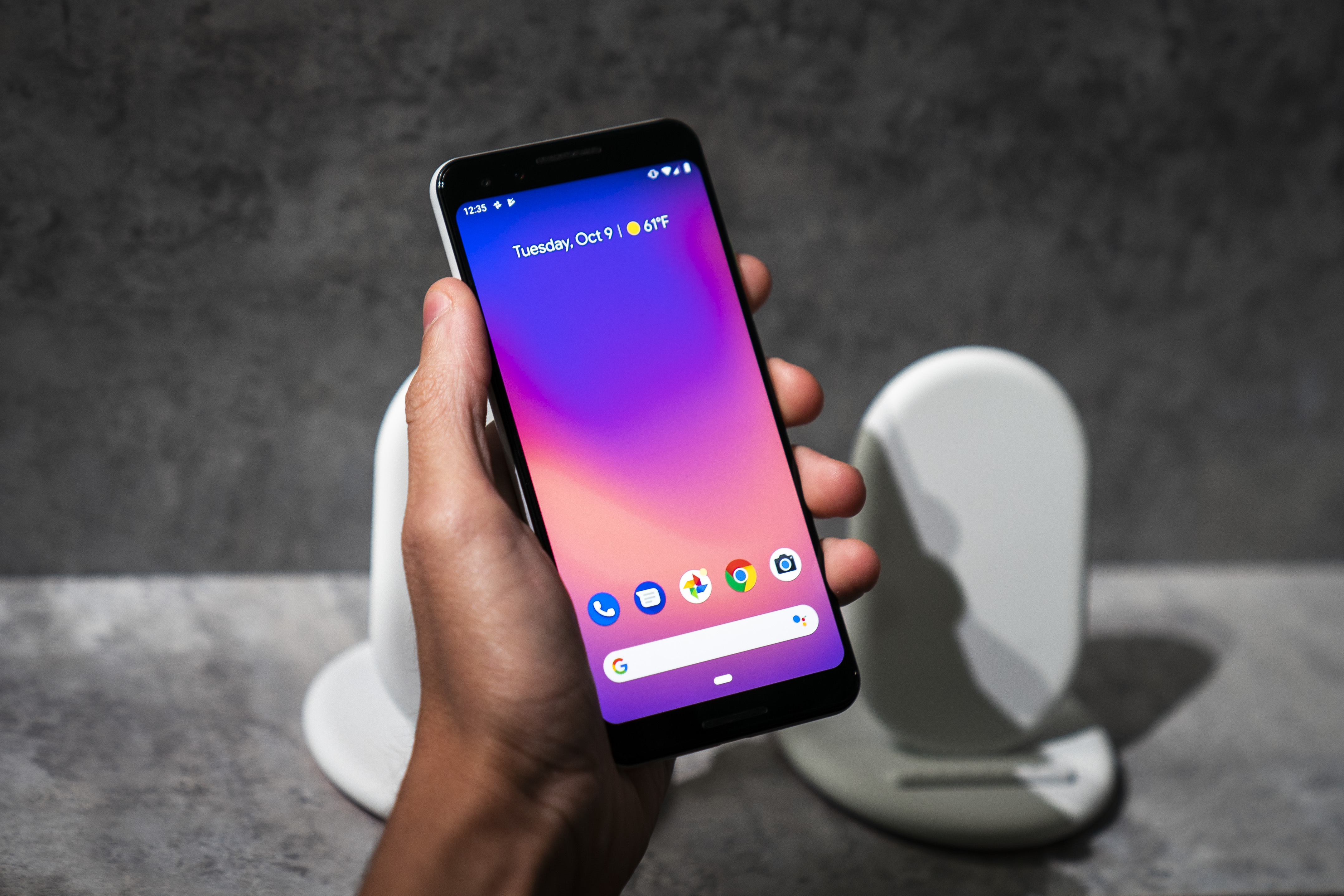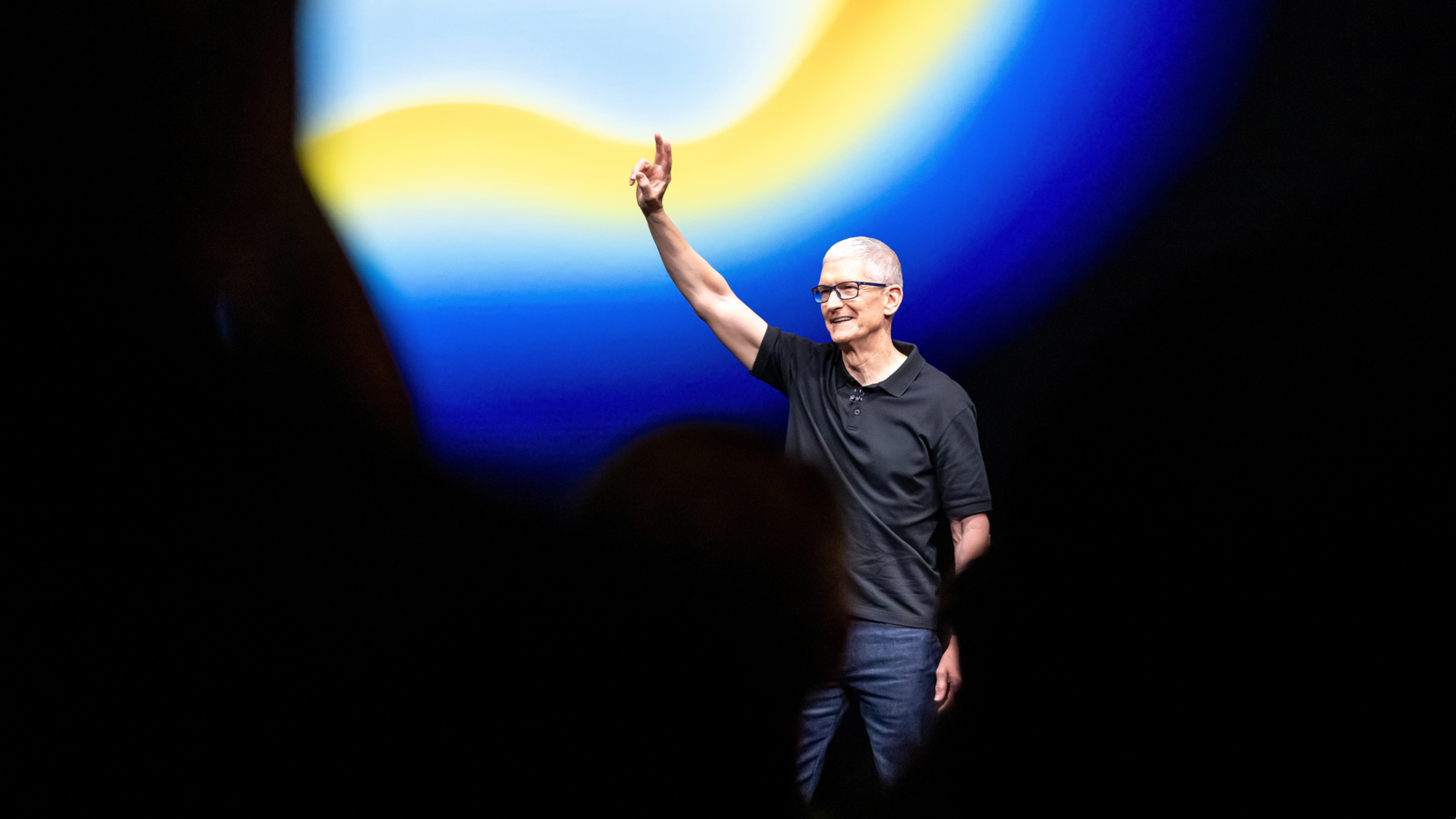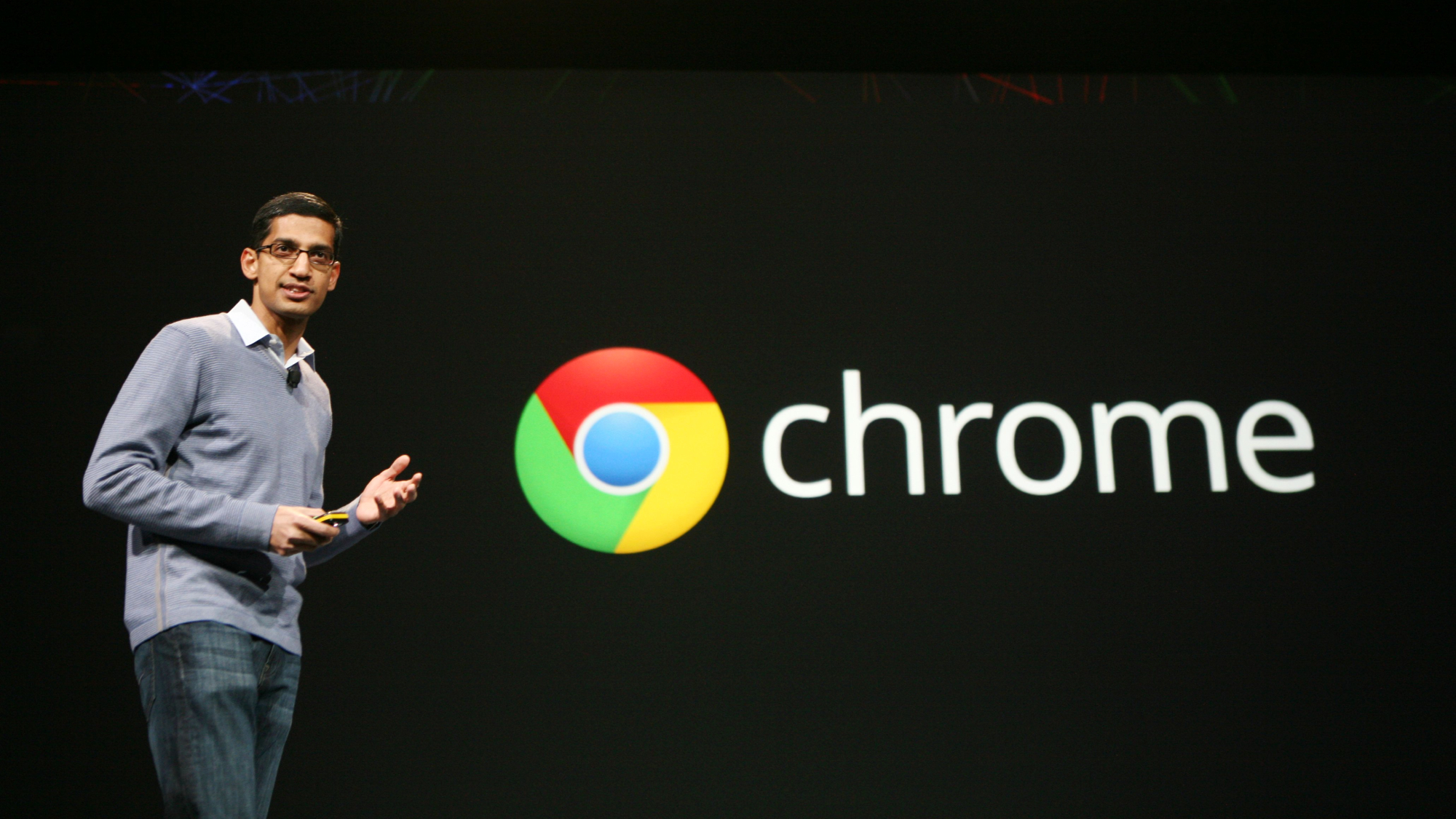The best upcoming smartphones in 2019: iPhone 11, Galaxy Fold and more
There’s only one month to go until Apple’s new smartphones are revealed

The past eight months have been crammed with smartphone launches. Samsung, for instance, has so far released two flagship models, the Galaxy S10 and Note 10, while Huawei released its P30 range back in April to give the Korean firm a run for its money.
But some of the year’s biggest announcements have yet to take place. Apple and Google are busy developing their new range-toppers, and recent setbacks to Samsung’s Galaxy Fold means there still isn’t a foldable smartphone on sale in the UK.
Here are the best phones that are due to hit the market later this year:
The Week
Escape your echo chamber. Get the facts behind the news, plus analysis from multiple perspectives.

Sign up for The Week's Free Newsletters
From our morning news briefing to a weekly Good News Newsletter, get the best of The Week delivered directly to your inbox.
From our morning news briefing to a weekly Good News Newsletter, get the best of The Week delivered directly to your inbox.
Google Pixel 4

Google’s current flagship smartphones - the Pixel 3 (pictured above) and Pixel 3 XL - attracted mostly positive reviews last year, with critics praising their clever artificial intelligence-powered cameras.
Although the Pixel 4 and Pixel 4 XL are not expected to arrive until October, there are already rumours aplenty about Google’s next phones.
Judging by images posted by smartphone rumour site Slashleaks and converted to renders by Phone Arena, the Pixel 4 range looks set to swap the single-lens camera on the current Pixel 3 line-up for a dual-lens system. The renders also suggest the front-facing camera will be a “hole-punch-style” shooter - where the screen wraps around the camera.
A free daily email with the biggest news stories of the day – and the best features from TheWeek.com
While BGR questions the validity of the renders, as the Google logo at the bottom of the image is distorted, the inclusion of a hole-punch camera doesn’t seem far-fetched. Both the Samsung Galaxy S10 and Honor View 20 feature such camera systems, and many more phone makers may follow suit later this year.
Huawei Mate X
Foldable displays are all the rage in 2019. While the flexible Samsung Galaxy Fold stole headlines at the Mobile World Congress in Barcelona in February, Huawei’s Mate X looks to have the upper hand.
The Mate X features a bendable OLED display that lets users fold the phone and slide it into their pocket. The screen is hinged in the centre and splits into three displays: a 6.38in screen at the back, a 6.6in version at the front and – when unfurled – an 8in tablet-style display with a resolution of 2,480x2,200 pixels, says T3.
The screen layout covers a greater area than the Galaxy Fold, which has only two displays: one 4.6in panel at the front and a 7.3in with a resolution of 2,152×1,536 pixels when unfolded, says Digital Trends.
What’s more, it’s 5G compatible and comes with a hefty 4,500mAh battery pack.
But fans appear to have an indefinite wait on their hands, as Huawei won’t be releasing the Mate X until it is confident that the phone won’t suffer a similar fate to ill-fated Galaxy Fold.
Huawei Mate 30 Pro
While the likes of Apple and Samsung release their latest top-tier smartphones once annually, Huawei opts to unveil two flagship devices every year. The company first unveils the latest entry in its “P” series during the first half of the year, before taking the wraps off an updated “Mate” version in the latte half.
The company released its first devices of the year - the P30 and P30 Pro - in March, so it won’t be long until a 5G-ready Mate 30 Pro model is revealed.
Tech Advisor believes that the new device will come with Huawei’s next-generation Kirin 990, which is expected to improve upon the company’s capabilities in the world of artificial intelligence (AI) and deliver a system that’s more intuitive to use.
It’s also rumoured that the phone will accommodate two extra rear-facing cameras, upping the lens count from three to five, the tech site says.
However, there are question marks over whether the phone will be sold in the UK. Both Vodafone and EE have stopped selling Huawei devices over fears they may be sending customer information to China.
Most providers are still supplying the phones, but that may change - for better or worse - by the time the Mate 30 Pro’s expected release date comes around in October.
iPhone 11

Even before the iPhone XS, XS Max and XR phones arrived in the shops last year, rumours began circulating about what Apple’s 2019 smartphone range may look like.
Recent reports suggest that the new iPhone line-up will come equipped with a triple-lens camera system. A leaked image on Weibo, the Chinese equivalent of Facebook, shows a thin metal smartphone chassis with three circular holes positioned “in a triangular configuration” in the top left-hand corner, reports Apple news site MacRumors.
It’s also believed that the new model could do away with Apple’s old Lightning Port and move over to a USB-C connection, which is more widely used on tech products, according to Japanese rumour site Mac Otakara.
Don’t expect 5G support on this year’s device, though. Bloomberg reported in December that Apple would not be compatible with 5G networks, which provide users with broadband-level internet speeds while out and about, until at least 2020.
Samsung Galaxy Fold
Samsung was due to launch the Galaxy Fold earlier this year, but a string of screen failures on reviewer devices has forced the company to postpone the smartphone’s release.
The problems arose last week when Bloomberg’s Mark Gurman shared an image on Twitter showing that less than half of the screen of his Fold review phone was functioning, with the remainder blank.
It’s believed that Gurman’s screen failure, along with that of a number of other journalists, was linked to the removal of the thin plastic layer that covers the screen, though some reviewers claim they experienced display failures without removing the protective film.
The device is designed to be opened and closed more than 100,000 times, the BBC’s Chris Fox reports. “But in the real world, reviewers have destroyed Samsung’s device in less than 48 hours.”
Samsung will confirm a new release date in the coming weeks.
-
 Metaverse: Zuckerberg quits his virtual obsession
Metaverse: Zuckerberg quits his virtual obsessionFeature The tech mogul’s vision for virtual worlds inhabited by millions of users was clearly a flop
-
 Frank Gehry: the architect who made buildings flow like water
Frank Gehry: the architect who made buildings flow like waterFeature The revered building master died at the age of 96
-
 Is MAGA melting down?
Is MAGA melting down?Today's Big Question Candace Owens, Tucker Carlson, Laura Loomer and more are feuding
-
 Has Google burst the Nvidia bubble?
Has Google burst the Nvidia bubble?Today’s Big Question The world’s most valuable company faces a challenge from Google, as companies eye up ‘more specialised’ and ‘less power-hungry’ alternatives
-
 Is Apple’s Tim Cook about to retire?
Is Apple’s Tim Cook about to retire?Today's Big Question A departure could come early next year
-
 How the online world relies on AWS cloud servers
How the online world relies on AWS cloud serversThe Explainer Chaos caused by Monday’s online outage shows that ‘when AWS sneezes, half the internet catches the flu’
-
 iPhone Air: Thinness comes at a high price
iPhone Air: Thinness comes at a high priceFeature Apple’s new iPhone is its thinnest yet but is it worth the higher price and weaker battery life?
-
 Is the UK government getting too close to Big Tech?
Is the UK government getting too close to Big Tech?Today’s Big Question US-UK tech pact, supported by Nvidia and OpenAI, is part of Silicon Valley drive to ‘lock in’ American AI with US allies
-
 Google: A monopoly past its prime?
Google: A monopoly past its prime?Feature Google’s antitrust case ends with a slap on the wrist as courts struggle to keep up with the tech industry’s rapid changes
-
 South Korea's divide over allowing Google Maps
South Korea's divide over allowing Google MapsTalking Points The country is one of few modern democracies where the app doesn't work
-
 Google avoids the worst in antitrust ruling
Google avoids the worst in antitrust rulingSpeed Read A federal judge rejected the government's request to break up Google